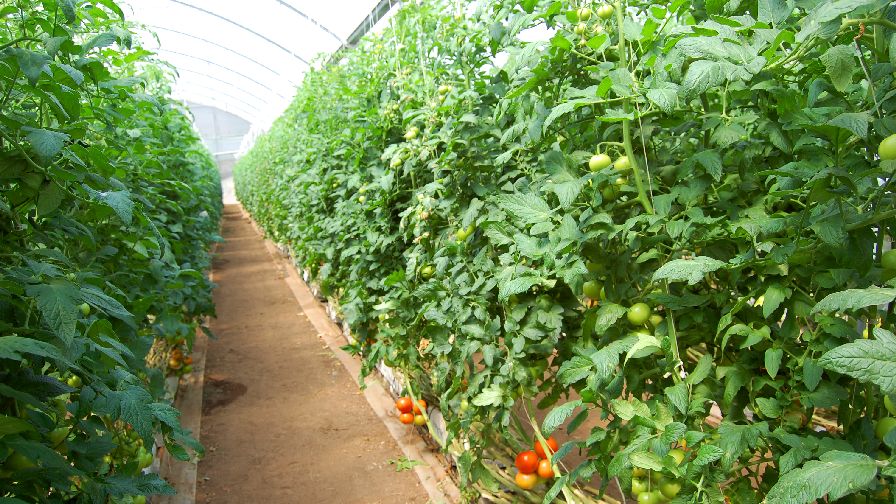Gaining Ground on Farm Pests With Biocontrol
All growers have the same goal: produce a healthy crop and have a market in which to sell that crop. They want to give their customers a product that is not only nutritious but grown using crop protectants that have the least impact on the environment, and in the end, their businesses.
One class of crop protectants, biopesticides, is gaining ground as these products not only can be used as part of an integrated pest management program, they are environmentally friendly — derived from natural materials such as bacteria, plants, or minerals.
According to the Biopesticide Industry Alliance, the benefits of these crop protectants are not going unnoticed, particularly in Western Europe and North America where $600 million in biopesticide purchases were made in 2008. Market reports indicate that number could jump to more than $1 billion by 2015.
The MRL Challenge
Residue management is one area where biopesticides are providing growers with benefits. If they want to ship overseas, growers have to pay particular attention to the inputs they apply to a crop and when. As a result, growers today are getting more familiar with the acronym MRL, or maximum residue level. Complying with MRLs, which are legal limits on how much of a pesticide residue can remain on food following harvest, can be a challenge, especially when they are not uniform in all countries.
Carlos Zavala, a pest control advisor in the Pest Management Department at Salinas, CA-based Tanimura & Antle, one of the largest lettuce producers in the U.S., says softer chemistries are necessary to help growers meet the MRLs dictated by the countries in which they do business. “Many of the newer pesticides are more selective and preharvest and re-entry intervals are much shorter than their predecessors,” he says.
According to Sarah Reiter, director of global marketing for AgraQuest, biopesticides, in particular, can be a viable option for growers trying to meet these residue limits because they do not have to secure an MRL. So, for a grower who hasn’t decided in the midst of the growing season if their tomatoes, for example, are headed to Japan, the European Union (EU), or to the local market, they can use a biopesticide and be able to ship to foreign countries, she explains.
This is good news for growers, especially at a time when consumer concern over pesticide residues has steadily increased. In the EU, in particular, Reiter says the market is driven by the consumers’ desire to have as little pesticide residue on their crop as possible. As a result, many food retailers in the EU are competing with one another to sell produce with the lowest residue levels.
Access To Fields
Growers who operate U-Pick farms or sell their produce via Community Supported Agriculture (CSA) programs also stand to benefit from using biopesticides, as they have short re-entry intervals. The livelihood of these growers depends on being able to let customers and personnel in the field to pick crops as quickly as possible.
“Many biopesticides have the shortest re-entry intervals, meaning you can spray and get people back into that field four hours later,” explains Reiter. “You can really be confident in a U-Pick situation when your customers are out doing what they want to do and at the same time, you are able to make the applications you need to make in order to keep the crops healthy.”
Craig Underwood, owner of Underwood Farms, with two California operations — one for U-Pick and one growing fruits and vegetables to supply a CSA program — would know. “A lot of kids come out on school tours to pick lettuce and radishes,” he says of his U-Pick operation. As a result, he uses soft pesticides, which includes biopesticides. “We don’t want to use a material that we’re going to have to keep people out for three or four days at a time,” he adds.
Another advantage of biopesticides, adds Reiter, is that they are safe to use around beneficials. “A lot of U-Pick operations or smaller producers are growing crops that need pollinators,” she explains. “It is also great to harness the power that beneficials have in controlling detrimental insects.”
For additional information on biopesticides, visit biopesticideindustryalliance.org.









